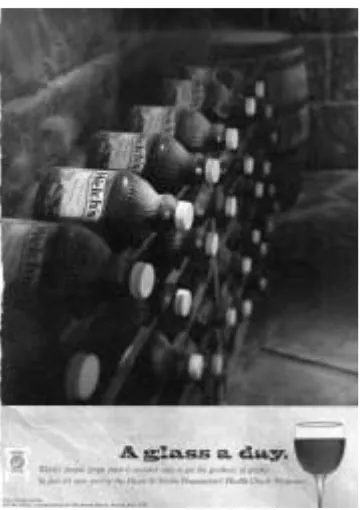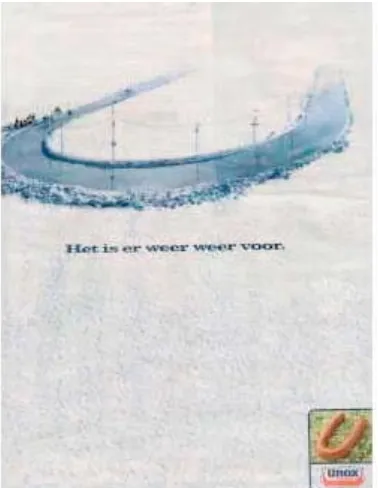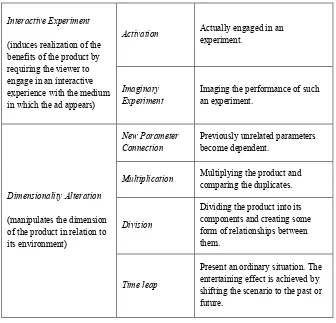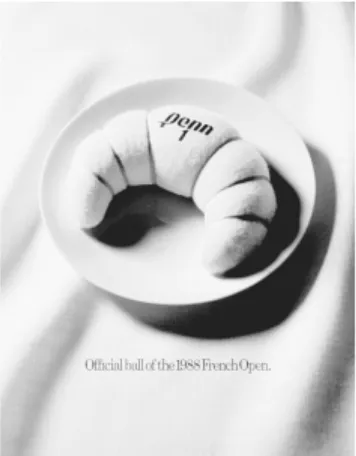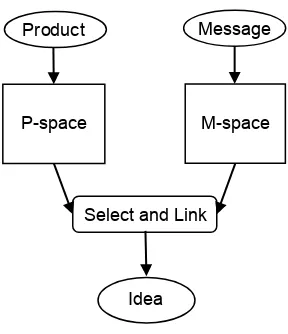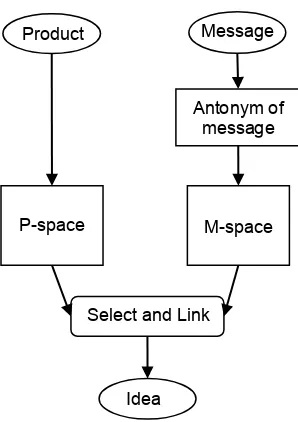Generating ideas for pictorial advertisements : starting with pictorial metaphors
Texto completo
Figure
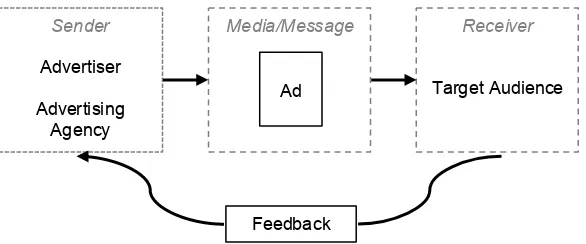
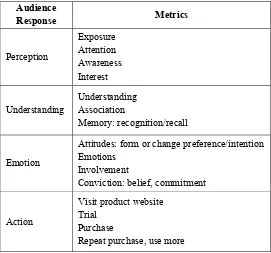
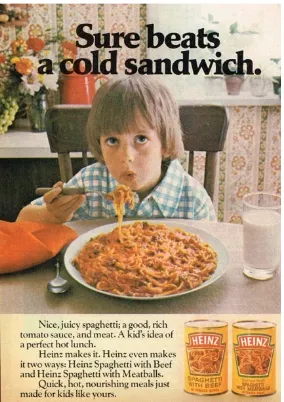
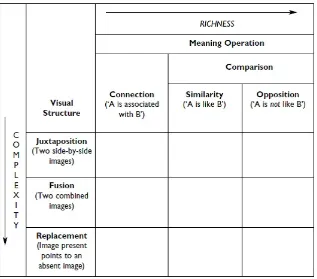
Documento similar
When it comes to the representation of semantics (to describe content, user inter- ests, or user requests), ontologies provide a highly expressive ground for describing units
For this, a synthetic dataset for semantic generation that simulates Super Mario Bros frames has been created, and semantic segmentation models have been trained using this
The results of the search are a list of ontology instances that satisfy the information need expressed by the user. Our platform includes a specialized module to present
In [15], a framework to semi-automate the semantic annotation of Web services (i.e. parameter description based on ontology concepts, semantic service classification, etc.)
In the case of ontology, however, we have to resort to the notion of possible worlds in order to define extensional relations, which implies that extensional relations can’t
This implies a positive answer for RQ1, since it is possible to make an equivalence between a rating-based item-based CF system and an IR system by means of identifying the terms
Wotan courses are created and maintained with a graph-based authoring tool [7], which has been recently extended to allow course monitoring and logfile analysis; essentially the
Given a set of service de- scriptions, already classified under some classification taxonomy, and a new service description, we propose a heuristic for automated
